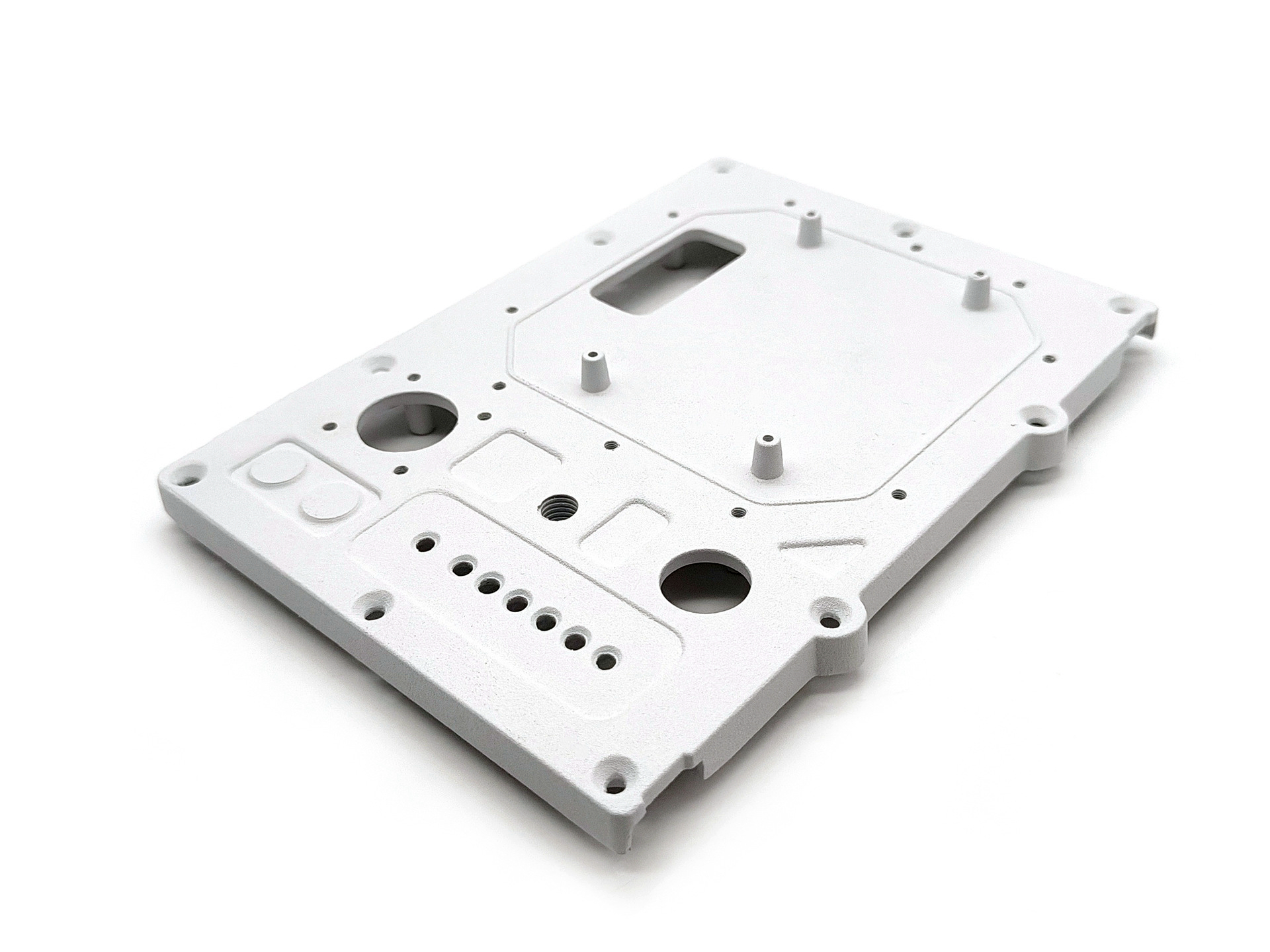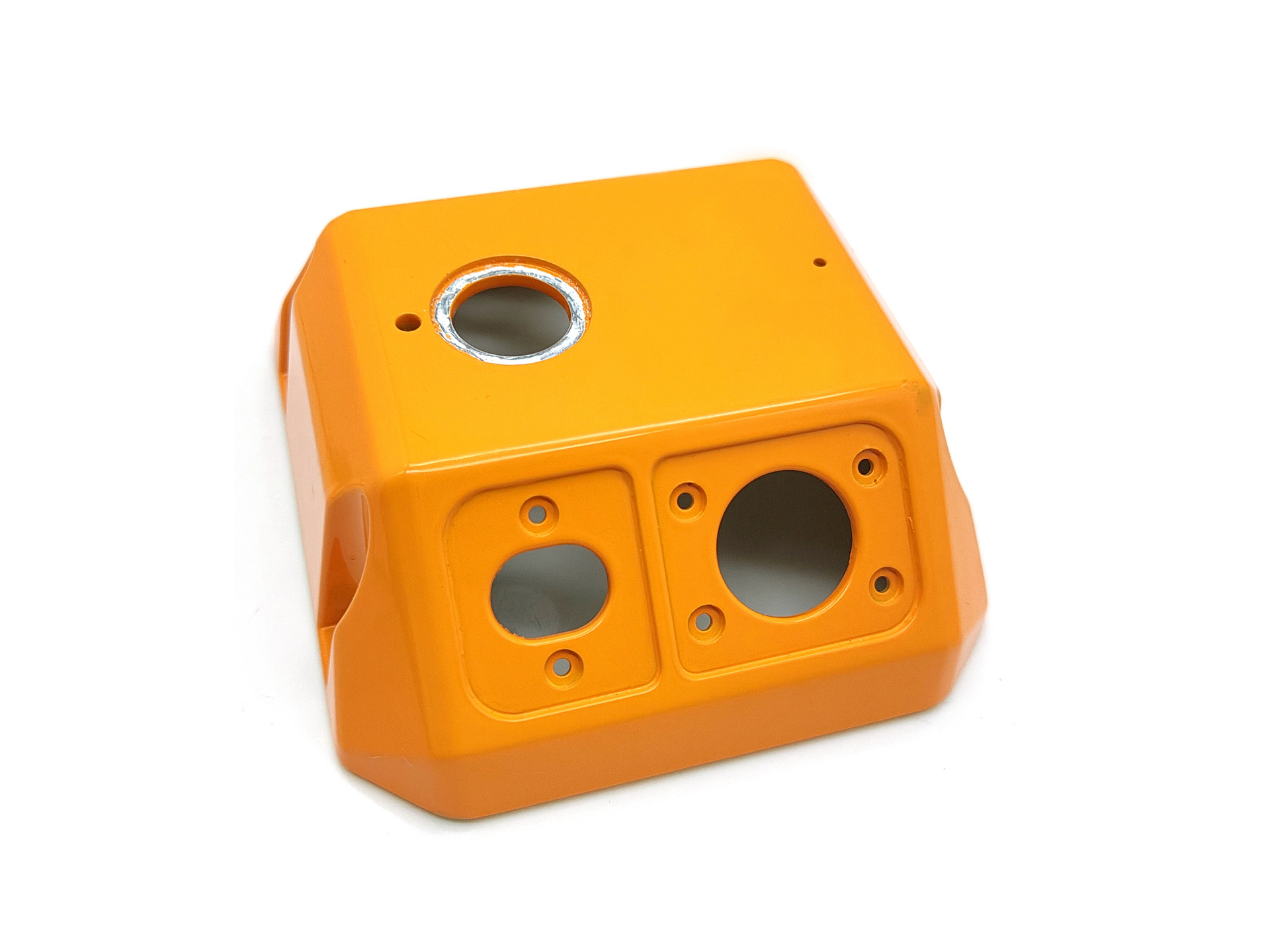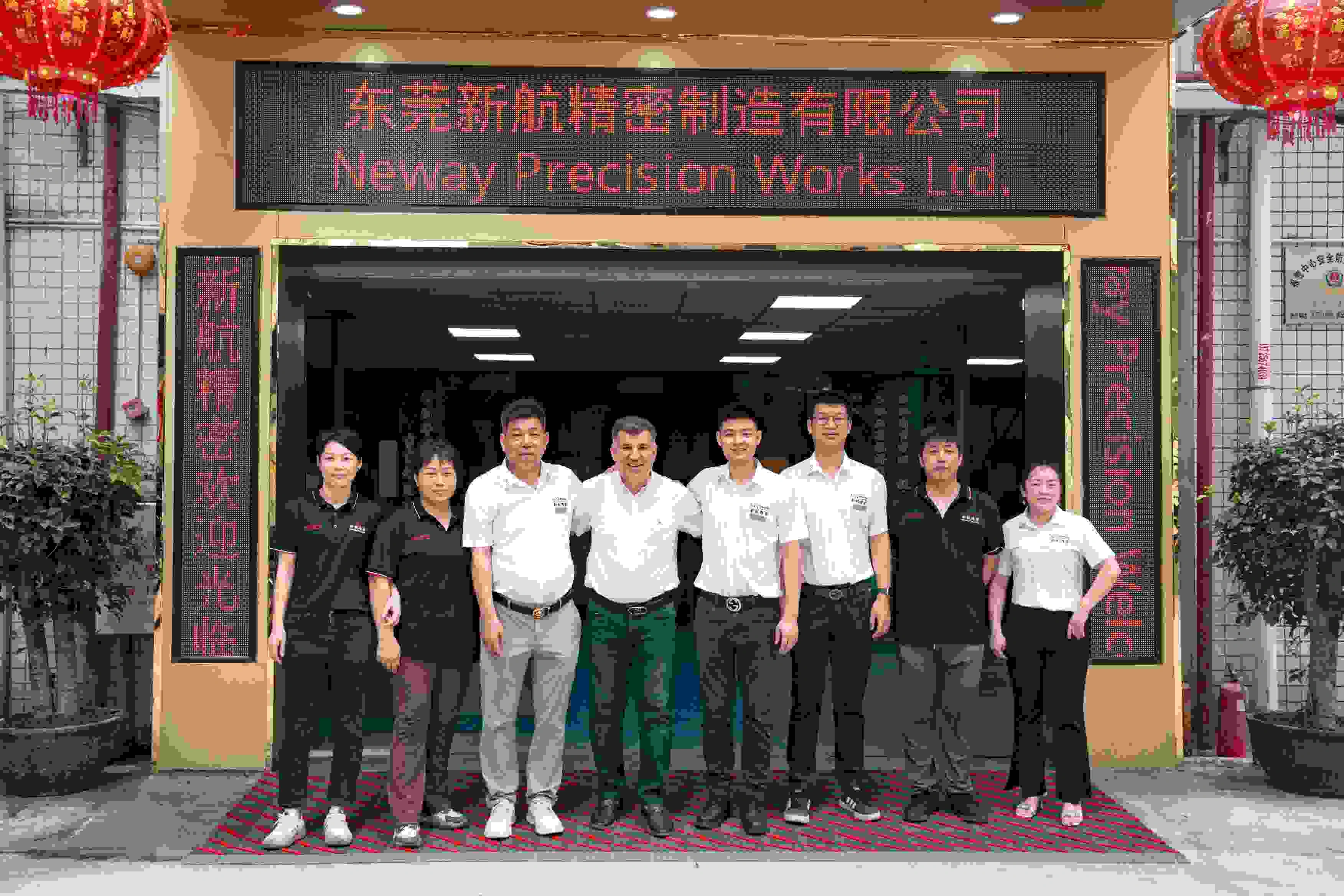What finishing methods improve the performance of robotic housings?
What Finishing Methods Improve the Performance of Robotic Housings?
Powder Coating for Durability and Insulation
Powder coating is one of the most effective finishes for robotic housings. It forms a thick, uniform protective layer that resists impact, abrasion, and corrosion. The coating also acts as an insulator, protecting internal electronics from moisture and environmental contaminants. Polyester-based powders are ideal for indoor robotic systems, while epoxy-polyester hybrids offer enhanced chemical resistance for industrial applications.
Anodizing for Corrosion Resistance and Thermal Stability
Anodizing enhances the surface hardness and corrosion resistance of aluminum robotic housings, while maintaining precise tolerances. Type II anodizing provides corrosion protection and a wide range of color options for visual identification. Type III (hard anodizing) adds greater wear resistance and thermal insulation, ideal for robotics used in high-friction or elevated temperature environments.
Sand Blasting and Tumbling for Surface Uniformity
Pre-finishing treatments like sand blasting and tumbling improve coating adhesion and produce a consistent matte texture. Sand blasting removes scale and sharp edges, while tumbling smooths small surface irregularities and deburrs internal channels—enhancing not only aesthetics but also assembly precision and sealing performance for robotic enclosures.
Painting and Custom Branding
Painting allows customization of robotic housings with branding, warning indicators, or user interface markings. Industrial-grade paints can provide UV resistance and color fastness, extending the product's operational life in harsh environments. Specialized coatings can also be used for EMI/RFI shielding when electromagnetic interference is a concern.
Post-Machining for Assembly Fit and Precision
Critical interfaces such as mounting holes or alignment slots often require post-machining to achieve exact tolerances after casting. This ensures reliable assembly of internal components, sensors, and actuators within the housing, minimizing vibration and improving operational accuracy in robotic systems.
Recommended Services for Robotic Housing Finishing
To maximize the performance and reliability of your robotic enclosures, Neway recommends:
Anodizing Services: For corrosion resistance and thermal control.
Powder Coating Services: For impact protection and durability.
Post Machining: For precision features and tight-tolerance fits.
We deliver complete solutions from raw casting to final finishing, ensuring your robotic housings meet functional and visual requirements for long-term performance.



